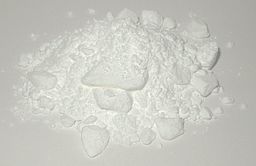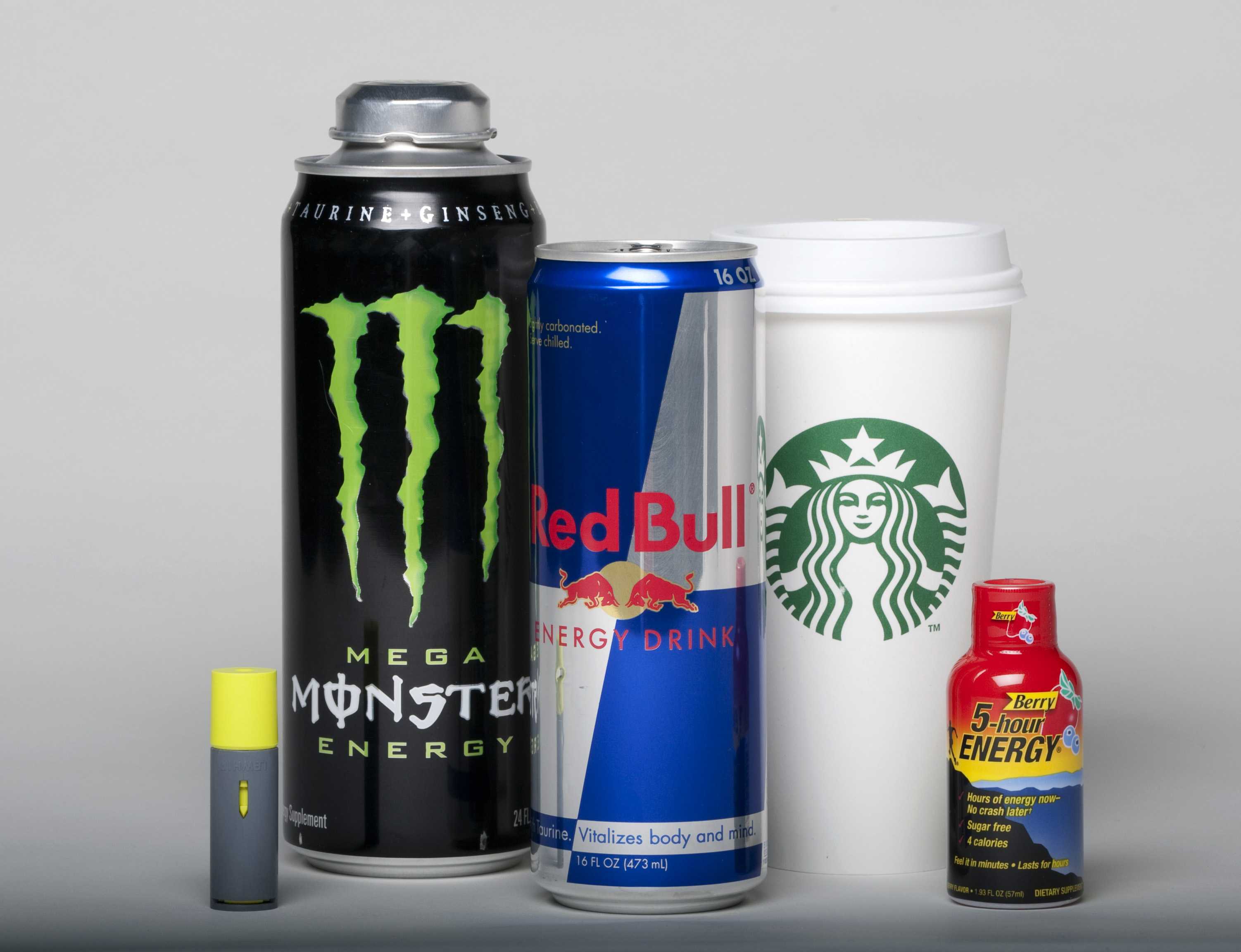
One highly cited 2011 report from the Substance Abuse and Mental Health Services Administration stated that energy drink-related emergency-department visits went from 10,068 visits in 2007 to 20,783 visits in 2011.Īll the press about energy drinks led the Federal Drug Administration to say it’s taking a fresh look at caffeinated food – and that it plans to hone in on how energy drinks impact young people.

Still, it’d be hard to deny headlines claiming that there have been increased energy drink-related visits to emergency rooms. Upwave: Caffeine addiction – quitting cold turkeyĬoughlin calls the very idea that beverage companies are sneaking caffeine into energy drinks through other ingredients a total myth. “The lethal dose of caffeine is 10 to 20 grams of pure powder caffeine, so if you were going to try and kill yourself with caffeine, you’d probably drown in the liquid first if you did it with coffee – and even more so with an energy drink.” “The caffeine contained in the guarana of an energy drink is only around one milligram, versus the 80 milligrams of synthetic caffeine added by a beverage company such as Red Bull,” he says. “They’re also likely to contain herbs with stimulatory effects not tested for safety or interactions with prescription drugs, and other potentially pharmacologically active substances.”īut James Coughlin, a food, nutritional, chemical and toxicology safety expert in Los Angeles who consults for the American Beverage Association (the industry group that represents energy drink companies), disputes that. “Energy drinks contain other ‘natural’ ingredients, which may have additional amounts of caffeine,” says Seres. Seres points out that many “natural” additives – such as guarana, taurine and so-called “Siberian ginseng” – haven’t been fully tested. “Yes, there is absolutely such a thing as caffeine poisoning, and the dose essentially makes the poison,” she says.īut Crouch has a bigger bone to pick with the makers of energy drinks: She says that many of them aren’t being fully forthcoming about ingredients.

“When you pound down more than one energy drink verses sipping a cup of coffee, you’re not metabolizing it the same way,” she says, adding that factors like size, age, sex, drug interactions, hydration levels and the amount of food in the stomach can mean different outcomes for different people when on a caffeine binge. Meanwhile, a 16-ounce cup of coffee (think a venti at Starbucks) packs upwards of 300 milligrams.īarbara Crouch, executive director at the Utah Poison Control Center, says that unlike coffee drinkers, energy drink consumers (especially young people) like to chug down not just one, but two or three of the peppy beverages to get a good jolt on before a hardcore workout, soccer practice or maybe to enhance a night of dancing. Some of the bigger cans (such as a 16-ounce Monster) have up to 240 milligrams. Take note: Energy drinks like Red Bull usually contain around 80 milligrams of caffeine in an eight-ounce can. Some studies call it a potential protector from diseases such as Parkinson’s, and even some forms of cancer.īut those 357 Magnum Pills that Brenner ate contain 200 milligrams of caffeine each, which means he downed around 1,000 milligrams of caffeine in one big literal gulp. There have been plenty of reports that say caffeine is beneficial. David Seres, associate professor of clinical medicine at Columbia University.

“Safe doses of caffeine are usually quoted at around 200 to 300 milligrams, or two to four cups of coffee per day,” says Dr. It can be found in the seeds, leaves and fruit of plants like coffee or kola nuts. The trick is to know your body, pay attention to what else you’ve ingested and do your homework on energy drinksĬaffeine acts as a stimulant in humans. The verdict: Yes, you can OD on caffeine.


 0 kommentar(er)
0 kommentar(er)
